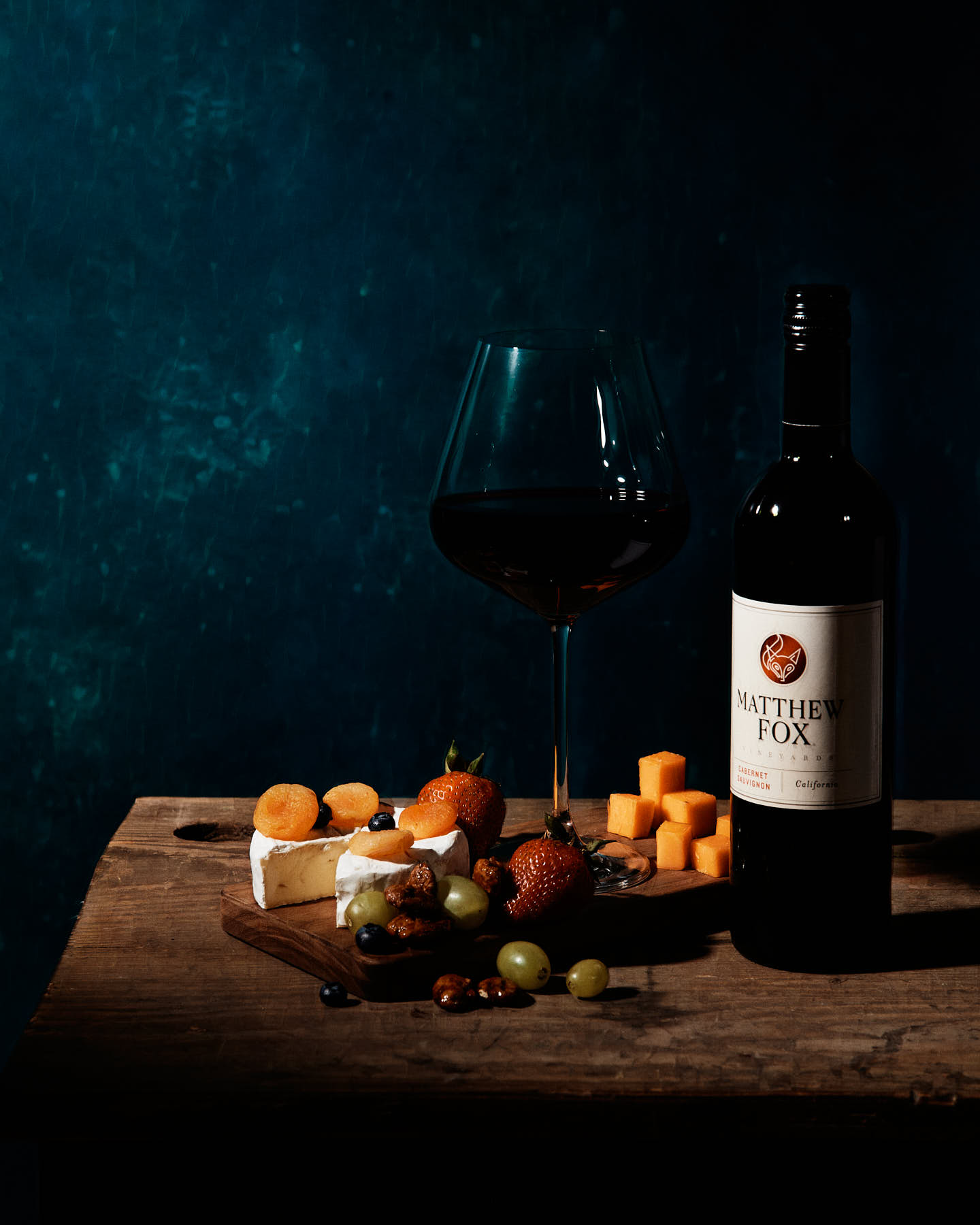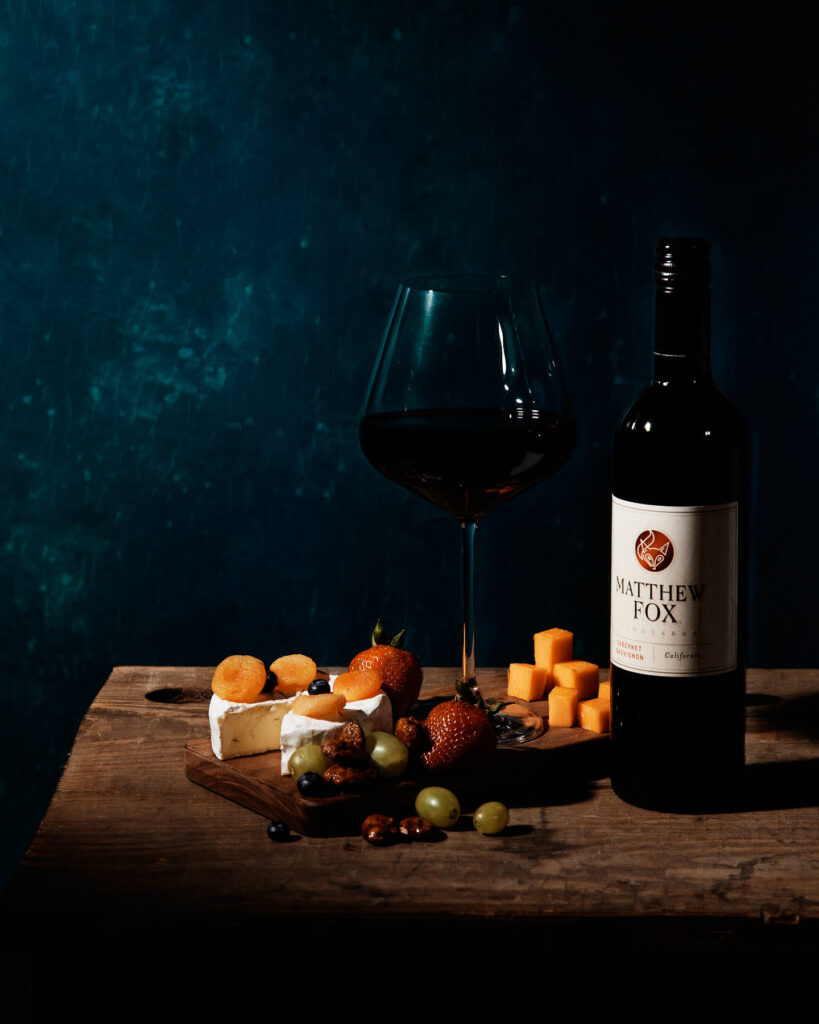
The Art of Restraint in Food Photography
November 3, 2025

I will never forget the first time I went to Golden Corral. I’d never been to a buffet before and y’all—I swear, it was a life-changing moment. Obviously, since I’m writing an entire blog post about it. LOL. After all, that first buffet felt like a dream come true.
But seriously. There were food stations everywhere. Every corner offered something new. And oh, the choices — endless and glorious.
Ten-year-old me was in absolute heaven. I was running to and from my table so fast I probably left skid marks on the carpet. I couldn’t get to the mac and cheese fast enough.
So really, is it any surprise that I grew up to be the kind of photographer who wants to pile everything onto the plate?
Over time, I learned that true creativity thrives in editing — what I now call the restraint of food photography. It’s where clarity and story begin.
The Buffet Epiphany: Where My Style Began
Over the years, I discovered that the restraint of food photography isn’t about removing joy—it’s about amplifying it. It’s the art of knowing what to leave out so the story feels clear, intentional, and alive.
When I first started shooting, I was a maximalist to my core. I wanted every shiny prop, every colorful ingredient, every texture in sight. I wasn’t just photographing a burger—I was setting a whole scene. A grill. Some buns. A beer. An ice chest. Maybe even a picnic blanket for good measure.
But later, I learned that the restraint of food photography doesn’t limit creativity—instead, it focuses. By choosing less, I began saying more. In fact, that shift changed everything.
From Coffee Chaos to Creative Clarity
And don’t even get me started on coffee. I couldn’t just shoot a elegant cup. Oh no, ma’am. I was adding the creamer bowl, the sugar cubes, a grinder, a cinnamon bun, and—because why not—some goopy cream cheese icing for drama.
Restraint, for me, didn’t come naturally. I come from theater, y’all—I love the drama, the color, the spectacle. But I also realized that true storytelling in photography is about clarity, not clutter.
That’s when I started to understand the restraint of food photography—the delicate balance between art direction and honesty.
But what I’ve learned over time is this: the real power in food photography doesn’t come from how much you add. It comes from what you’re brave enough to leave out.
Now, don’t get me wrong, I still adore a setup that has a little flair. I’ll always love a good, layered setup that makes you want to reach right into the frame. But I’ve learned to be strategic. To give every prop and every layer a reason to exist. To find minimal, intentional ways to tell a story.
And once I started thinking that way, everything changed. My photography grew up. It challenged me to edit with purpose to choose meaning over more.
Funny how a buffet taught me that sometimes, less really is more. Because simplicity often reveals the truest story.
The Power of Subtraction in the Restraint of Food Photography
The heart of every great image lives in what you decide not to include. That’s the unspoken rule behind the restraint of food photography—every detail must earn its place.
Every item that enters a frame must earn its place. Period.
Before I start shooting, I ask myself two questions:
- Does this prop clarify the story?
- Or does it compete with it?
If it doesn’t serve the story, it’s out. No exceptions.
Now, figuring out what “competes” with the hero subject—that took me years to really see. Early on, I’d text a quick JPEG to my friends and ask, “Okay, what’s the first thing you notice in this photo?” If their answer wasn’t the product I was trying to feature… well, back to the drawing board I went. Time to start pulling props, shifting light, and taking some stuff out.
These days, I drop an image into ChatGPT and ask the same question there.
I know, it sounds a little wacky, but y’all, sometimes you need a third party (even a digital one) to notice the things you’re too close to see. That outside perspective can catch what your creative brain has gone blind to.
Because when you’re knee-deep in styling, surrounded by props, textures, and plates, it’s easy to get lost in the details. But restraint? That’s where the clarity lives.
The Wine Test Shoot: Simplicity as Sophistication
One of my biggest lessons in restraint came from a test shoot for a wine brand.
I’d planned this elaborate, decadent spread: wine bottles surrounded by a full charcuterie board, overflowing grapes, figs, nuts, bread, cheese, linens—the whole European picnic fantasy. It was gorgeous, sure… but it was chaos.
The wine—the supposed hero of the shoot—got lost. It was just another supporting actor in a crowded cast.
The Pivot: Stripping Back to the Essentials
I started clearing the table. Insert HOLY CRAP emoji here.
I removed the meats, the cheeses, the crackers, the cute little jam jars—all of it. (Much to my husband’s absolute delight, since he got to snack on the extras.)
What was left felt almost… naked. One round of brie, a few walnuts, a strawberry, and a handful of grapes. I brought the wine bottle back out, set a single glass beside it, and took a step back. Then I did something I don’t do nearly enough—I let the shadows do the styling.
I didn’t need more props. I didn’t need another layer or color or garnish. The story was already there—quiet, elegant, and full of breath.
The result? A shot that radiated restraint and confidence. The wine wasn’t in the scene anymore—it was the scene.
Moreover, that moment taught me that the restraint of food photography can be the difference between chaos and calm. Instead of adding, I started subtracting—and the story became stronger.
Sometimes, the most powerful creative move you can make is to stop trying so hard and let simplicity do the talking.
The Strength of Saying Less: The Art and Restraint of Food Photography
And honestly? It’s kind of like eating just one slice of cheesecake instead of four. (Don’t judge me, y’all. You’d do it too.)
Restraint is that moment when you take a deep breath, step back, and say, “Alright, girl. That’s Enough.” In fact, it’s what separates emotion from noise.
It’s learning your own creative cues — the subtle nudge that says, “Stop adding. Start refining.” Then remove the fluff, trust the quiet between the details, and be deliberate with every choice you make.
At its core, restraint is about clarity. It’s that deep breath before the click of the shutter—the pause that lets intention lead. In fact, the restraint of food photography teaches us to trust simplicity and purpose.
Because real artistry isn’t about how much you can show. Instead, it’s about how brave you are to hold back.
If You’re Ready to Create with Clarity
If your brand is craving imagery that balances sophistication with restraint—where every shadow, highlight, and negative space tells a story—then y’all, we need to talk.
View my beverage portfolio or book a creative consultation, and let’s craft visuals that celebrate the beauty and restraint of food photography—proof that simplicity isn’t boring—it’s brilliant.”
Continue Reading
back to blog home